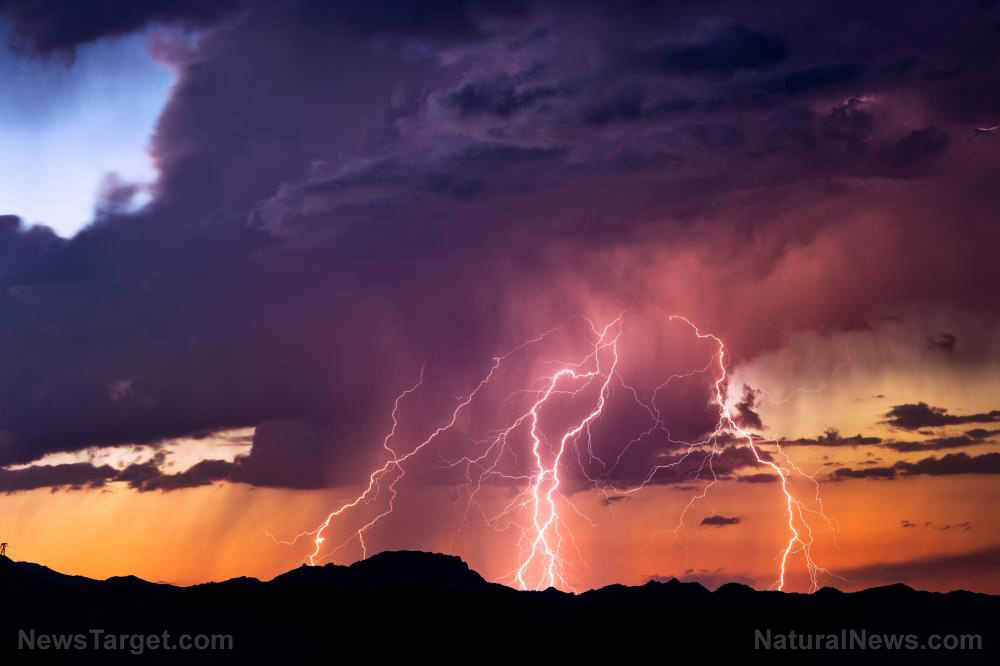
In a paper published in the journal Science China Technological Sciences, the researchers reported that the method can increase the amount of rainfall by up to 17 percent. They noted that the technology still needs refinement but hopes it will help increase the amount of rainfall in drought-prone areas.
But critics are concerned that the method is scientifically unfounded and generates noise pollution.
Producing artificial rainfall via sound waves
China has about 22 trillion tons of atmospheric water vapor, but only 20 percent of this reaches the ground every year. The western regions are particularly affected, as they typically receive smaller amounts of rain than the national average.
To that end, the researchers tried to trigger rain by blasting low-frequency sound waves from a sound generator. The sound generator is powered by a diesel engine and is capable of compressing air to several times the atmospheric pressure at sea level.
The researchers tested the device in the Tibetan Plateau to produce sound waves with a frequency of about 50 hertz, which is barely perceptible to the human ear, and a volume of up to 160 decibels (dB), which is as loud as a jet engine running at full speed. The sound waves had a volume at 160 dB at sea level but by the time they reached the clouds, the volume dropped to 30 dB due to reduced pressure.
Using radar signals to measure the water droplets inside the clouds before and after firing the device, the researchers found that the sound waves produced significantly more water droplets and increased rainfall by between 11 and 17 percent within a radius of 1,600 feet from the sound generator.
This increase, according to the researchers, is caused by smaller particles oscillating and merging into larger ones, which then become heavy enough to come down as rainfall.
Rainmaking method may be harmful, scientifically shaky
Critics are concerned that the sound energy method will generate noise pollution and hurt animals. While humans will barely hear the sounds, some wildlife may be able to pick them up and suffer disturbances in their natural rhythms.
A researcher from the Chinese Academy of Sciences, who was not part of the study and asked not to be named, also said that the experiment needs to be replicated several times to confirm the team's results. The researcher added that there is no real evidence to support the idea that rainfall is linked to sound, calling this link more myth than science.
This came as China is planning to expand its weather modification program to produce artificial rainfall in an area greater than the size of India. The State Council of the People's Republic of China announced in a statement last year that the country will be able to produce a developed weather modification system within the next five years with breakthroughs in research. (Related: China building artificial rain network to increase rainfall.)
The communist country has been trying to manipulate the weather for some time. In 2008, for example, it experimented with cloud seeding to reduce rainfall in time for the 2008 Beijing Olympics.
Cloud seeding is a rainmaking method where substances such as dry ice and silver iodide are put into clouds to induce rain, dissipate fog and weaken some storms. Safety concerns over cloud seeding centered around the use of silver iodide, which some studies suggest is potentially toxic.
Learn more about misguided attempts to alter the weather and climate at GeoEngineering.news.
Sources include:
Please contact us for more information.






















